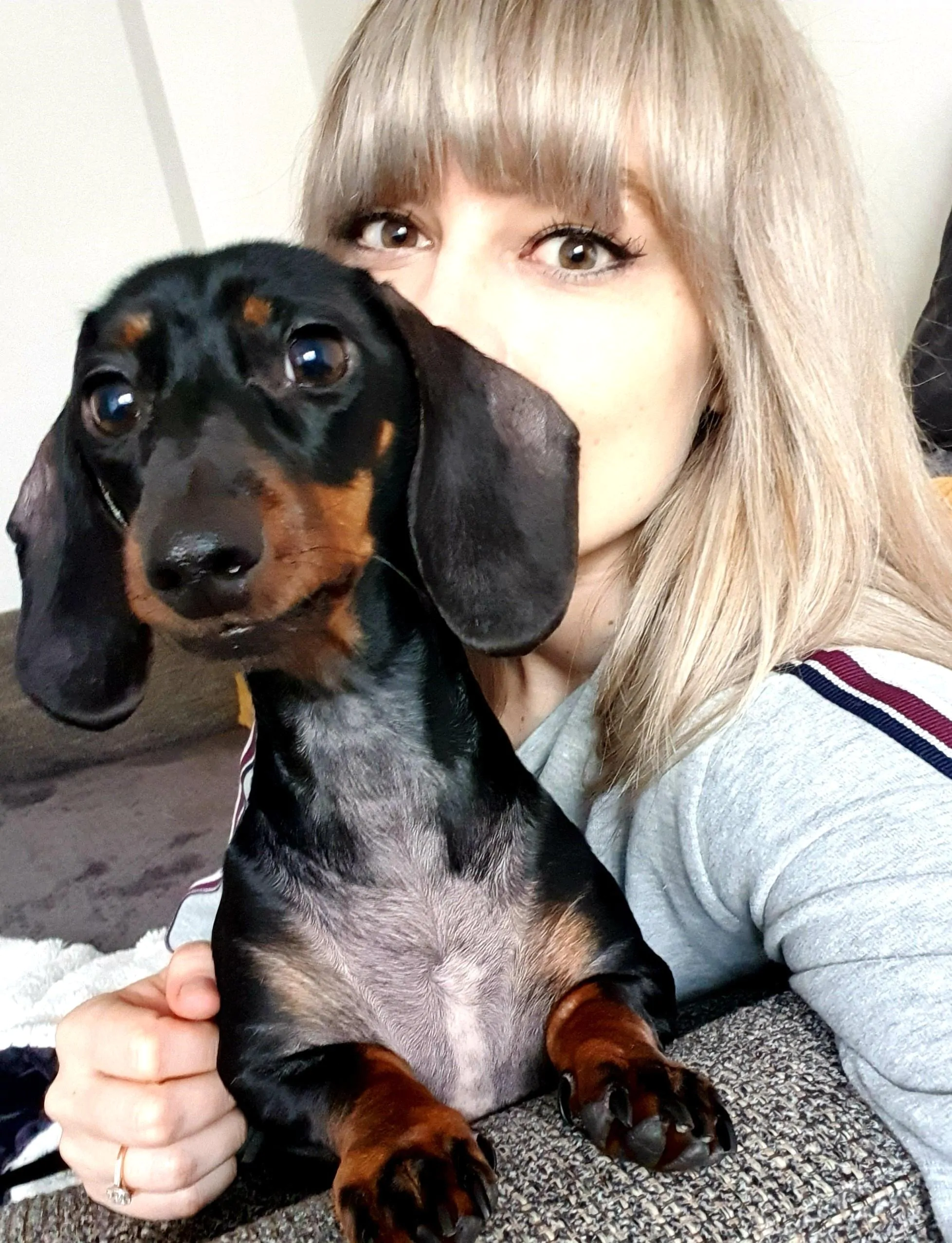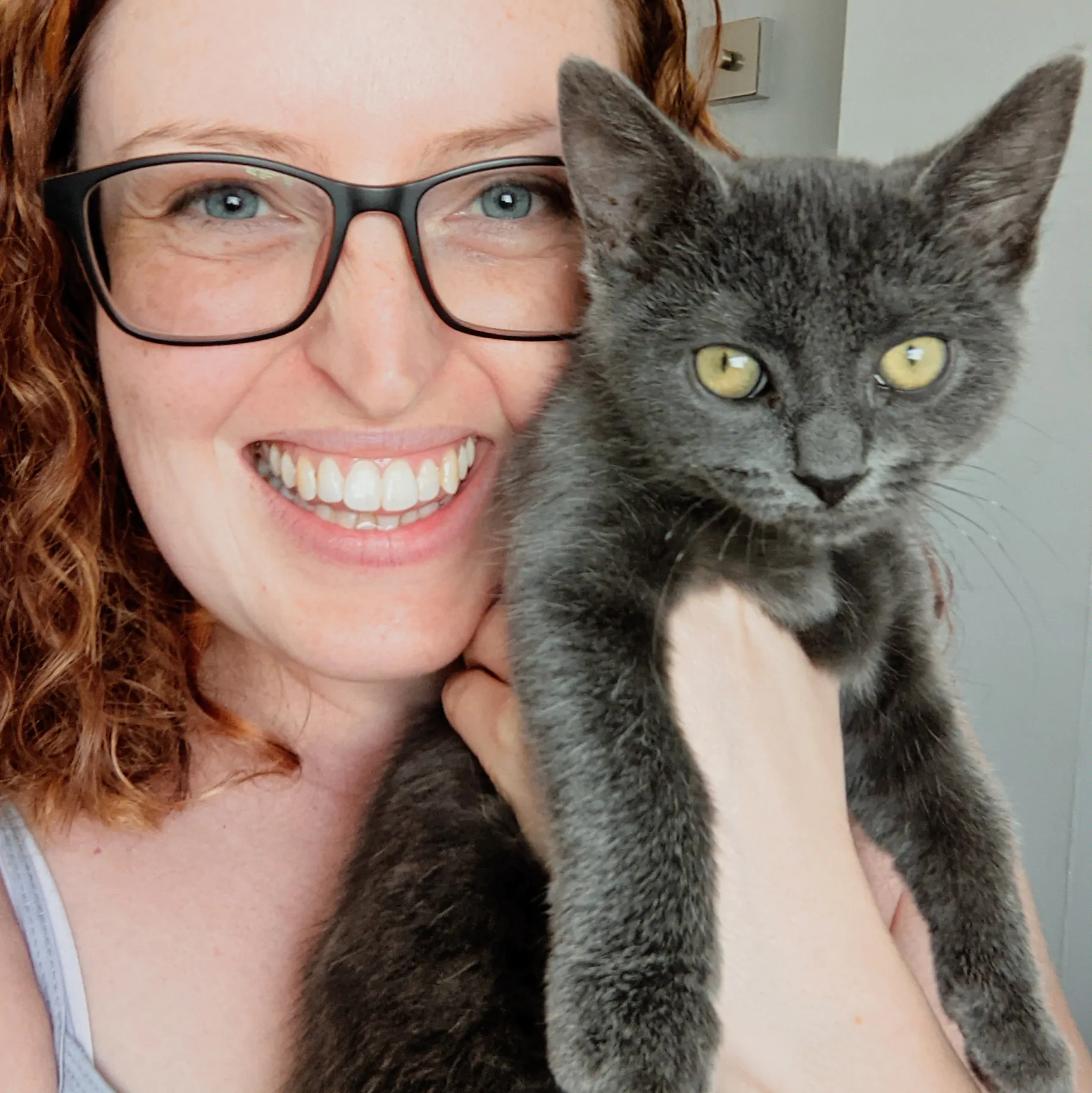Covers your pet up to the chosen vet fee limit if they have a dental accident or injury. Always be sure to take your pet for annual dental check-ups, and follow your vet’s advice.
Cavalier King Charles Spaniels are gentle, playful, people-loving dogs. An adaptable breed, both happy in a large house or flat alike, they’re great family dogs – getting on well with kids and seniors. And when they’re out and about, they’re guaranteed to make friends.
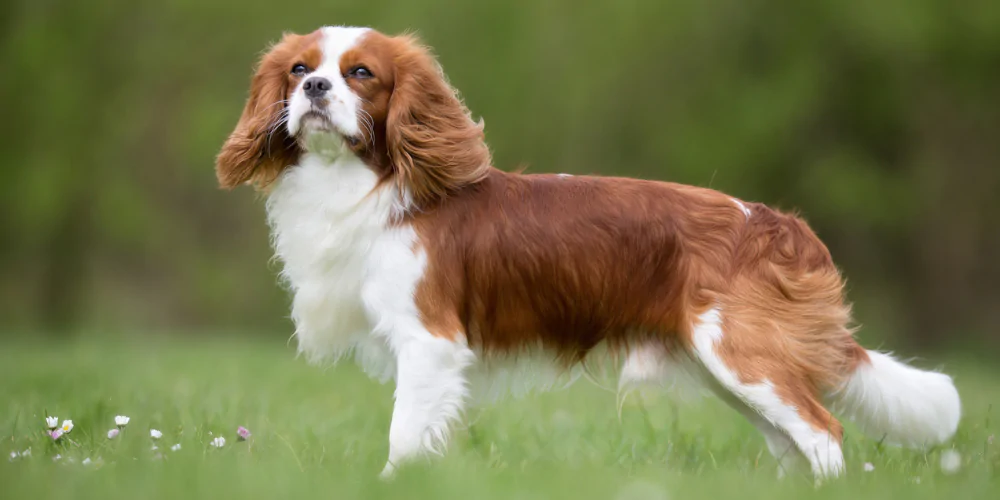

A guide to owning a Cavalier King Charles Spaniel
The Cavalier King Charles Spaniel (also known as a Cavalier, Cavvie or simply Cav) is one of the nation’s most beloved companion dogs. They’re a charming blend of elegance, affection and playfulness. Cavs have big expressive eyes, silky coats and a gentle demeanour. They’re the perfect pal for families, while also having an affinity with seniors.
They’re often thought of as lapdogs, and admittedly do love a good cuddle with their humans, and a regular snooze. But they can also be surprisingly energetic and nimble, so don’t be surprised if you end up with a little ball of activity.
Like any dog, Cavalier King Charles Spaniels have their own needs and quirks. Here we’ll look a little closer at their temperament, common health issues, grooming requirements and other things you need to know.
Are Cavalier King Charles Spaniels good family dogs?
Cavalier King Charles Spaniels are excellent family dogs, known for their affectionate, gentle and adaptable nature. Bred as companion dogs, they love being part of family life, whether that means joining in on playtime or cuddling on the sofa.
Their small size and friendly temperament make them ideal for households with children, seniors or other pets, provided they’re socialised from an early age.


Cavalier King Charles Spaniel size and appearance
Cavalier King Charles Spaniels are small, regal-looking dogs with a sturdy build and an elegant, flowing coat. They do vary in size quite a bit, but they typically weigh between 5-8kg and stand around 30-33 cm tall at the shoulder.
They have a sweet, expressive look thanks to their big, dark eyes and long, silky ears. They come in four main colour varieties:
- Blenheim (chestnut and white)
- Tricolour (black, white and tan)
- Ruby (solid red)
- Black and tan.
What was the Cavalier King Charles Spaniel bred for?
Originally bred as companion dogs for nobility in 17th-century England, Cavalier King Charles Spaniels were prized for their loving nature and elegant appearance. They were lapdogs to royalty and aristocrats, designed to provide warmth and comfort.
And they still retain their affectionate, people-orientated character today, making them one of the UK’s most popular companion breeds.
Photo by Harrison Lin on Unsplash
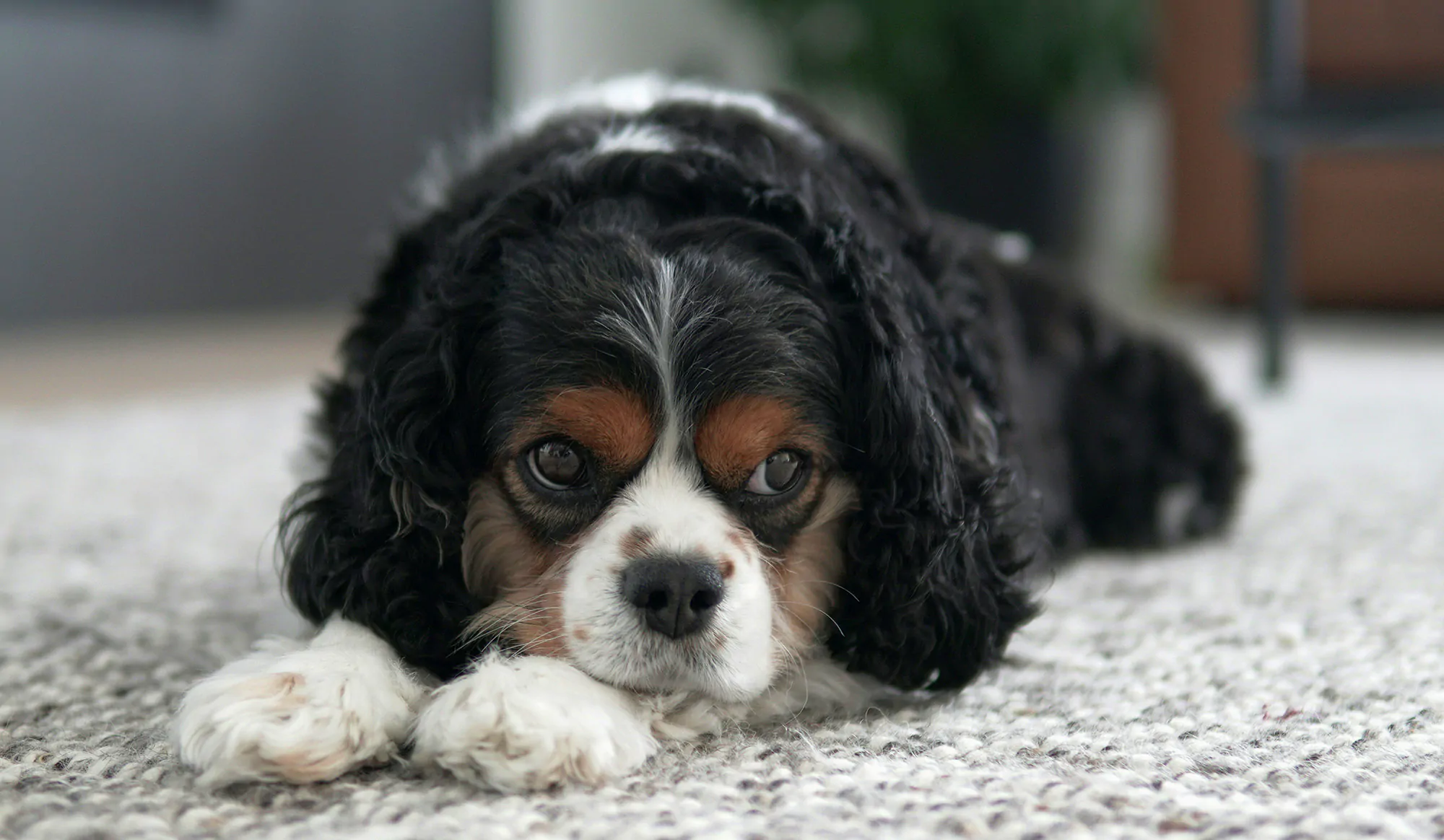

What is a Cavalier King Charles Spaniel’s temperament?
The Cavalier King Charles Spaniel’s personality is:
- Velcro dogs: They form strong bonds with their owners, love attention and will often follow you everywhere – bathroom included.
- Sociable, friendly beans: Cavaliers usually get along well with children, other dogs and even cats… Sometimes. Not always.
- Adaptable: As long as they’re part of family life, they’re equally happy in a flat or a large home.
- Playful yet gentle: They enjoy fun activities but aren’t overly boisterous.
- Sensitive: Cavs respond best to calm, positive handling. They don’t like being left alone for long periods.
Can Cavalier King Charles Spaniels be left alone?
That’ll be a no. Cavs love company and can suffer from separation anxiety if you leave them by themselves for too long. With incremental training, you should be able to leave them alone for longer spells – but never too long.
If you intend to be away for much of the day, make sure they have comforts such as toys, somewhere comfortable where they can retreat, and ask someone to check in on them for exercise, play and chances to go to the toilet.
Be aware that no dog should be left alone longer than four hours. And with Cavalier King Charles Spaniels, it’s likely to be significantly less.
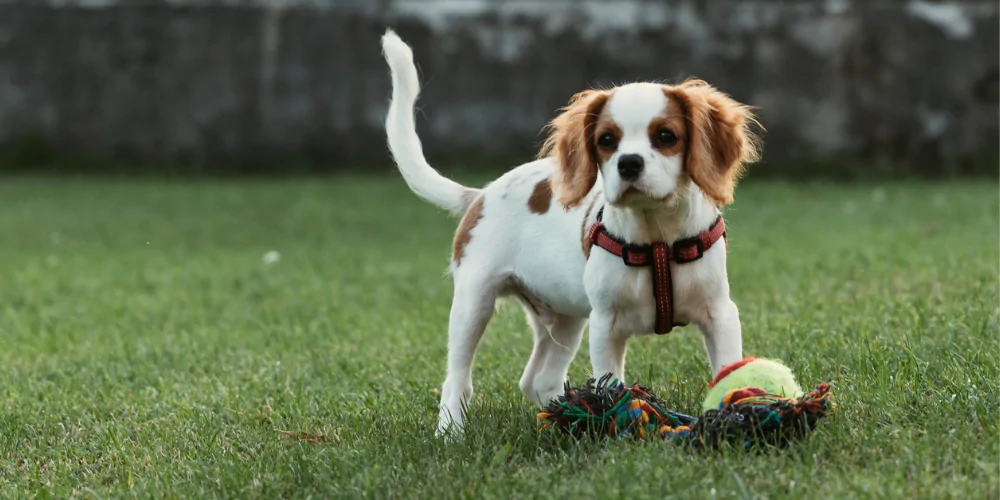

How much exercise does a Cavalier King Charles Spaniel need?
It depends on the individual, but generally Cavaliers need around 30 to 60 minutes of daily exercise. This includes walks, play and opportunities to sniff and explore. They aren’t as high-energy as working breeds, but still benefit from regular activity to keep a healthy weight and prevent boredom.
And of course they’re people-focused, so make sure you’re involved in the fun. A nice simple game of fetch in the garden can often be the highlight of their day.
Can Cavalier King Charles Spaniels swim?
Many Cavaliers enjoy swimming, but their long ears and coat mean they should be supervised carefully around water. Plus not all Cavaliers are natural swimmers, so it’s best to introduce them gradually in safe, shallow areas. Always rinse their coat afterward to remove chlorine or salt, drying their ears thoroughly to prevent infections.
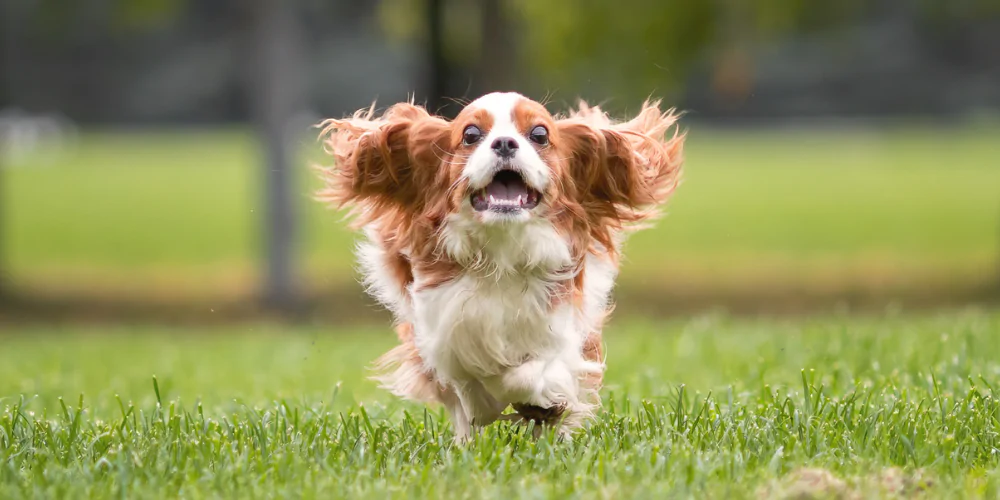

“Even under pressure on the examination table, I’ve found these sweet little dogs still want to make friends. Early issues include lameness from developmental problems in the back legs (hip dysplasia and luxating patellas). Abnormal joints cause friction, inflammation, pain and eventually arthritis.
“A rarer but serious inherited condition is Chiari-like malformation with syringomyelia. A combination of a small skull and a big brain interfere with cerebrospinal fluid flow, and fluid pockets form in the spinal cord, causing pain, neck scratching and face rubbing.
“Very rare but specific to Cavaliers is episodic falling syndrome, a genetic disorder where excitement or exercise triggers muscle stiffness and collapse, sometimes mistaken for a seizure.
“While many older dogs develop leaky mitral valves, mitral valve disease (MVD) appears earlier and progresses faster in Cavaliers, with studies suggesting up to 90% develop valve changes by ten years of age.
“Although I’ve seen plenty of allergies, ear infections, dental disease and eye conditions (cherry eye, dry eye and cataracts) in Cavaliers, it’s the progressive problems of the heart, joints and nervous system that pose the biggest challenge for this affectionate breed.”
Dr Nicole Olewinski BVSc MRCVS
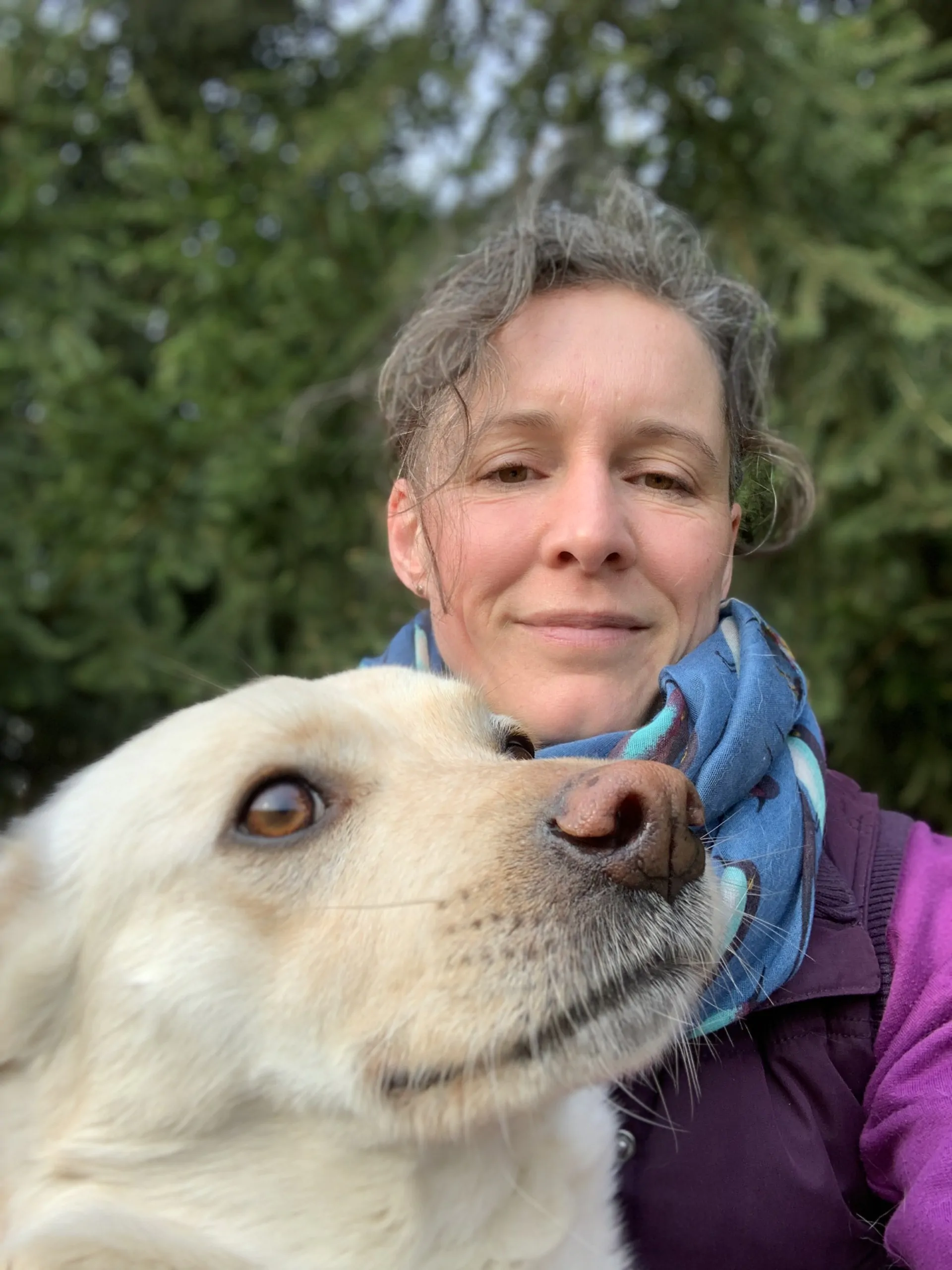

How long do Cavalier King Charles Spaniels live?
With proper care, Cavalier King Charles Spaniels typically live between 9-14 years. A healthy diet, regular exercise and routine vet care can help maximise their lifespan.
What are the common health issues for a Cavalier King Charles Spaniel?
Cavalier King Charles Spaniels are unfortunately prone to several inherited health conditions. One of the most common issues in the breed is mitral valve disease (MVD), a heart condition that can cause murmurs and – in advanced cases – heart failure. It often develops as the dog ages, but can appear in younger Cavaliers, so regular heart checks at the vet are essential.
Other issues that can affect the breed include hip dysplasia, which may cause stiffness or lameness. They can also get luxating patellas, in other words slipping kneecaps, which might affect their mobility. This sometimes needs either ongoing or surgical treatment. Plus they’re prone to ear infections, due to their long, floppy ears that can trap moisture and dirt. Regular ear cleaning helps prevent discomfort and infection.
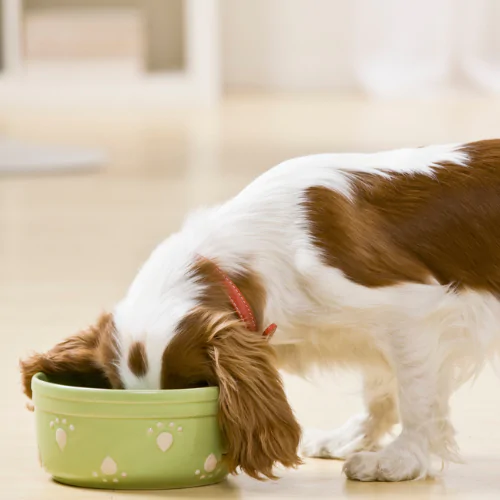

Cavalier King Charles Spaniel grooming and hygiene
Here are a few ways to keep your Cav looking tip-top:
- They need regular brushing. Comb their silky coat three or four times a week ideally.
- They don’t need a huge amount of bathing, but do it occasionally, especially if they get dirty. Use a gentle dog shampoo to keep their coat soft and clean.
- Check and clean their ears weekly to avoid infections.
- Clean their teeth several times a week to prevent plaque buildup.
Do Cavalier King Charles Spaniels shed?
Yes, Cavaliers shed moderately throughout the year, and more heavily during the change of the seasons. Regular grooming and brushing can help keep loose hair under control.
Are Cavalier King Charles Spaniels hypoallergenic?
No, they’re not considered hypoallergenic. Their shedding and dander (dead skin) might cause reactions in those who have allergies. It’s also worth mentioning that no dogs are truly hypoallergenic.
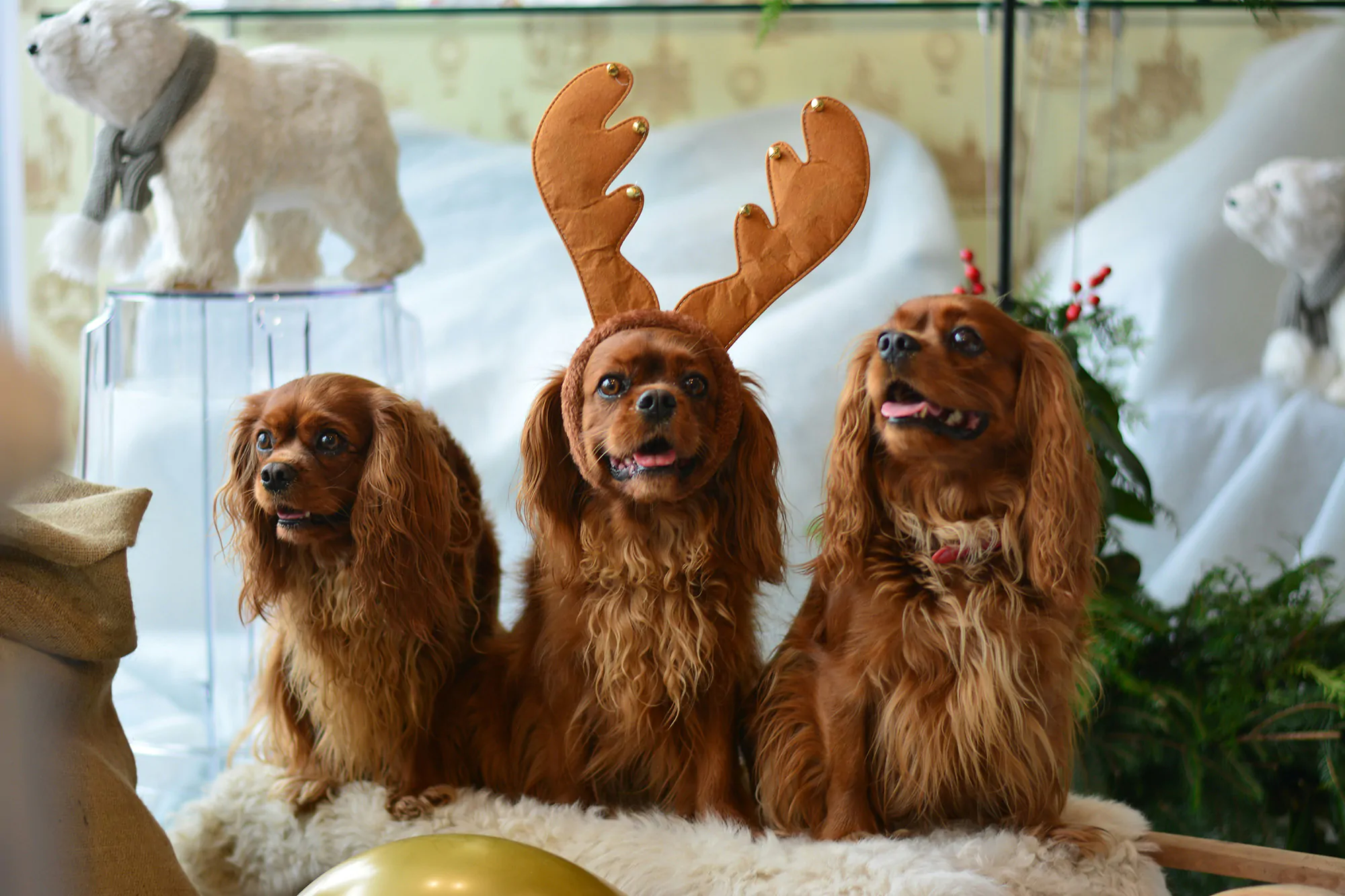

How to train a Cavalier King Charles Spaniel
Training a Cavalier King Charles Spaniel is usually a great experience. They’re clever, eager to please and quick to learn, especially when treats are involved. That said, consistency is key.
Here are a few pointers:
- Start young and begin with basic commands and house training.
- Use positive reinforcement, such as praise, treats and affection. You’ll find you get better results than harsh methods like scolding, plus it helps when bonding with your dog.
- Keep it short and fun. Cavalier King Charles Spaniels respond best to short, upbeat sessions.
- Socialise them early. Meeting new people, dogs and environments will help build their confidence.
- As velcro dogs, it’s a good idea to introduce absence training. Leave your pup for a very short amount of time (even just walking to the end of the drive and back so they don’t have time to become distressed), and go for slightly longer each time. This means that later, if necessary, being left alone won’t come as a shock.
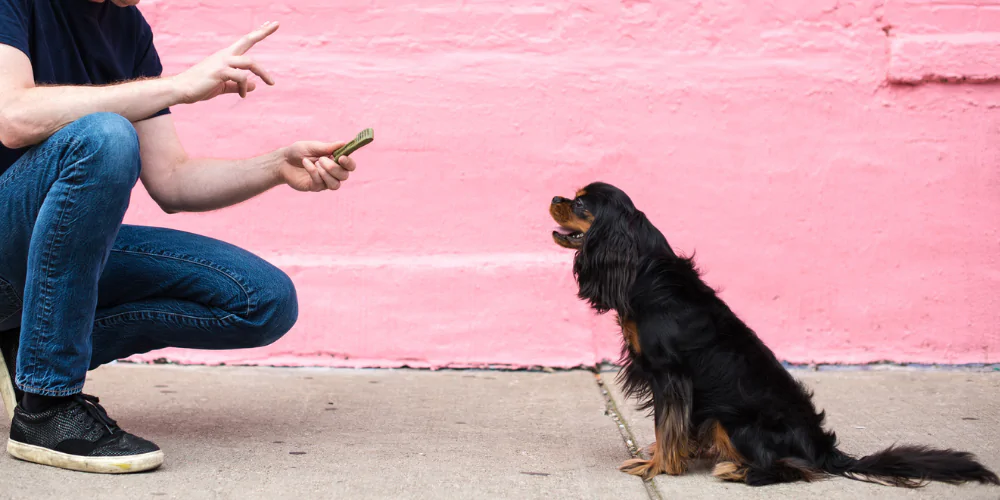

What insurance do I need for my Cavalier King Charles Spaniel?
The level of dog insurance you choose for your Cavalier King Charles Spaniel will usually come down to your circumstances and budget. So you know exactly what you’re getting for your money, read our guide to whether pet insurance is worth it.
We think that all dogs deserve the most comprehensive level of cover as possible, which is why we only sell different types of lifetime cover. We could also cover your Cavalier King Charles Spaniel for any pre-existing conditions they may have with our Lifetime Plus policy, subject to acceptance*.


Guides and advice from experts
Our expert vets and behaviourists have great pointers to help keep your pet happy and healthy.
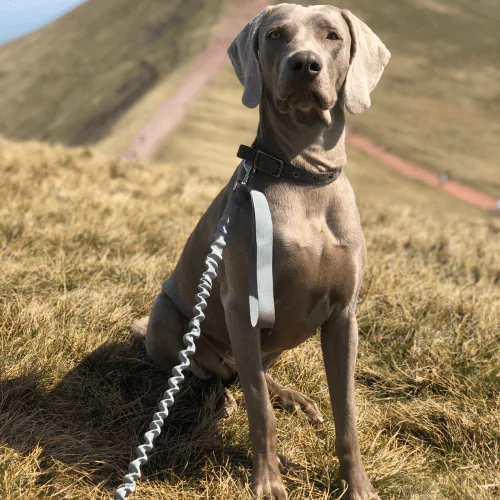
If your dog gets ill or has an accident, you want to give them the best care possible. Let’s take a look at why having pet insurance is important for your pooch.
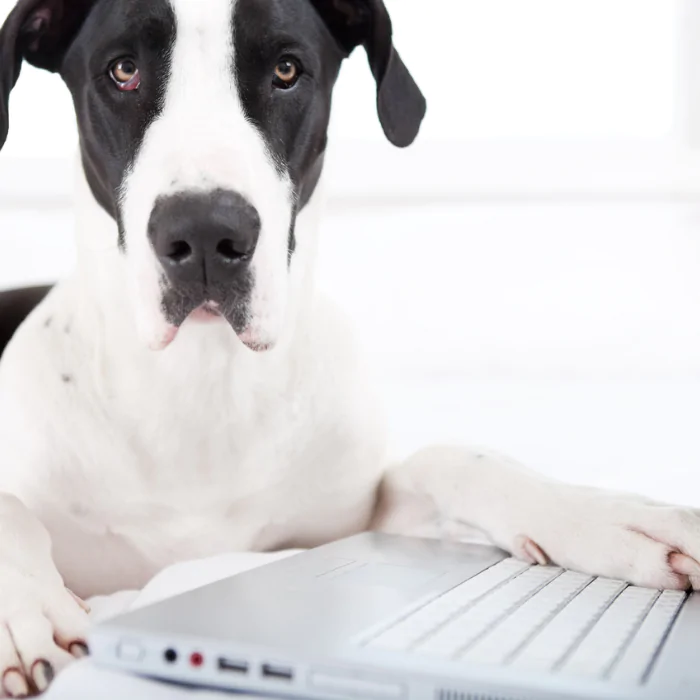
How to choose the best pet insurance for my pet
We explain the top things you may want to think about when it comes to researching pet insurance policies, including how you can compare pet insurance.
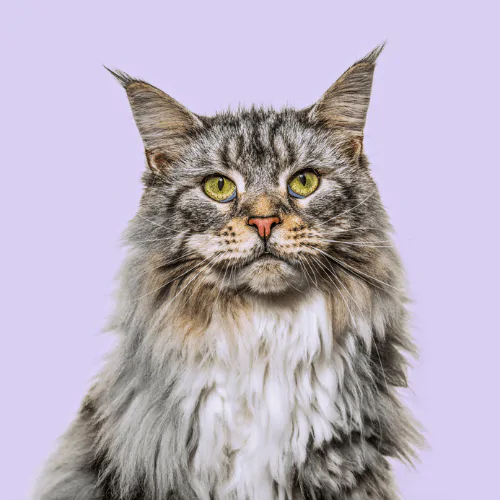
What is lifetime pet insurance?
We’re saying farewell to all of the confusion around lifetime pet insurance. Join us as we explore what it is and how it works.
What’s included in your dog cover
Choosing Petgevity to protect your dog gives you more than just vet fee cover. Here's what you get from our policy.
Dental accident
Covers your pet up to the chosen vet fee limit if they have a dental accident or injury. Always be sure to take your pet for annual dental check-ups, and follow your vet’s advice.
More info
Covers your pet up to the chosen vet fee limit if they have a dental accident or injury. Always be sure to take your pet for annual dental check-ups, and follow your vet’s advice.
Behavioural treatment
Get expert help with your pet’s mental and emotional wellbeing, as advised by your vet. Cover up to your chosen vet fee amount or the cost of up to 12 sessions, whichever is lower (Lifetime Plus); or up to £1,000 (Lifetime).
More info
Get expert help with your pet’s mental and emotional wellbeing, as advised by your vet. Cover up to your chosen vet fee amount or the cost of up to 12 sessions, whichever is lower (Lifetime Plus); or up to £1,000 (Lifetime).
Complementary therapy
As advised by your vet, this covers alternative treatments like acupuncture or hydrotherapy. Cover up to your chosen vet fee amount (Lifetime Plus); or up to chosen vet fee amount or £1,500, whichever is lower (Lifetime).
More info
As advised by your vet, this covers alternative treatments like acupuncture or hydrotherapy. Cover up to your chosen vet fee amount (Lifetime Plus); or up to chosen vet fee amount or £1,500, whichever is lower (Lifetime).
Emergency care
If you can’t look after your pet due to an emergency, such as an unplanned hospital visit, this covers you for up to £1,500 (Lifetime Plus) in minding costs.
More info
If you can’t look after your pet due to an emergency, such as an unplanned hospital visit, this covers you for up to £1,500 (Lifetime Plus) in minding costs.
Third-party liability for dogs
Covers you for legal costs if your dog causes injury to somebody or their pet, or causes loss or damage to someone’s property. Protects you for up to £2 million in a legal action.
More info
Covers you for legal costs if your dog causes injury to somebody or their pet, or causes loss or damage to someone’s property. Protects you for up to £2 million in a legal action.
Choice of optional extras
Need extra protection? Choose from several optional extras to cover your pet’s needs, including dental illness, or cover if your pet is stolen or lost.
More info
Need extra protection? Choose from several optional extras to cover your pet’s needs, including dental illness, or cover if your pet is stolen or lost.
Dental accident
More infoBehavioural treatment
More infoGet expert help with your pet’s mental and emotional wellbeing, as advised by your vet. Cover up to your chosen vet fee amount or the cost of up to 12 sessions, whichever is lower (Lifetime Plus); or up to £1,000 (Lifetime).
Complementary therapy
More infoAs advised by your vet, this covers alternative treatments like acupuncture or hydrotherapy. Cover up to your chosen vet fee amount (Lifetime Plus); or up to chosen vet fee amount or £1,500, whichever is lower (Lifetime).
Emergency care
More infoIf you can’t look after your pet due to an emergency, such as an unplanned hospital visit, this covers you for up to £1,500 (Lifetime Plus) in minding costs.
Third-party liability for dogs
More infoCovers you for legal costs if your dog causes injury to somebody or their pet, or causes loss or damage to someone’s property. Protects you for up to £2 million in a legal action.
Choice of optional extras
More infoNeed extra protection? Choose from several optional extras to cover your pet’s needs, including dental illness, or cover if your pet is stolen or lost.
*Cover for pre-existing medical conditions is subject to acceptance. They will not be covered unless you have declared them and they are shown on your Confirmation of Cover.
